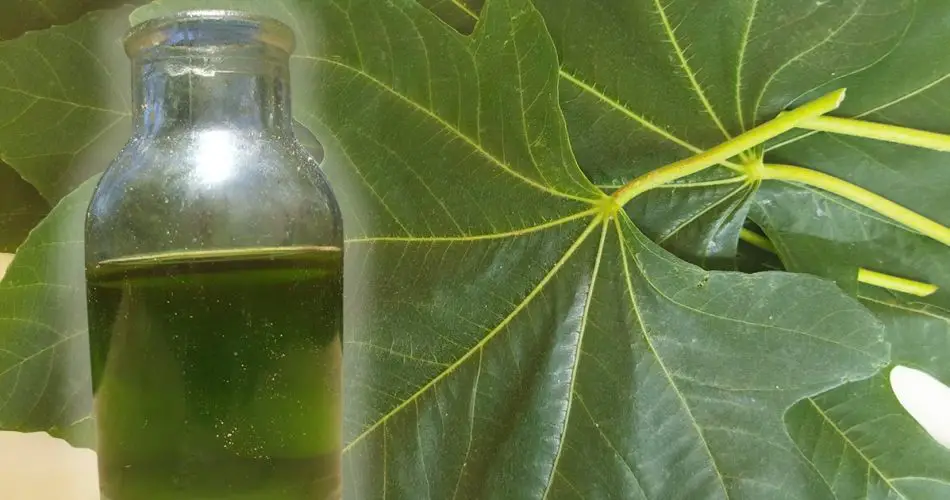
Title: Fig Leaf Oil: Our Grandparents’ Ancient Healing Recipe
Plants and trees provide a vast array of valuable resources for human health and well-being, and fig leaves are no exception.
Among the many beneficial properties of this plant, the preparation of fig leaf oil has proven to be a versatile and effective natural remedy for treating calluses and warts, offering numerous other benefits for skin and overall health.
In this article, we will explore how to prepare fig leaf oil and delve into its various benefits.
How to Make Fig Leaf Oil
The process of preparing fig leaf oil is relatively simple and requires only a few ingredients. Here’s how you can do it:
Ingredients:
- Fresh fig leaves (about 1 cup)
- Carrier oil (olive oil, coconut oil, almond oil, etc.)
- Dark glass jar
- Fine sieve or cheesecloth
Instructions:
- Harvest fresh and clean fig leaves, ensuring they are free from pesticides or chemicals.
- Gently wash them under running water to remove any dirt residues.
- Carefully dry the leaves using a clean towel.
- Finely chop the fig leaves to increase the surface area in contact with the oil.
- Fill the dark glass jar with the chopped leaves.
- Pour the carrier oil into the jar, completely covering the leaves.
- Seal the jar and place it in a cool, dark place for about 2-3 weeks. Shake the jar daily to aid in the extraction of active ingredients.
- After the infusion period, filter the oil using a fine sieve or cheesecloth to separate the leaves from the oil.
- Transfer the fig leaf oil into a dark glass bottle and store it in a cool, dark place.
Benefits of Fig Leaf Oil
Fig leaf oil is renowned for its healing properties and skin benefits. Its main advantages include:
- Treatment of Calluses and Warts: Traditionally used to reduce the appearance of calluses and warts, fig leaf oil’s moisturizing properties help soften thickened skin, facilitating their removal.
- Antioxidant Properties: Fig leaves contain antioxidant compounds that combat oxidative stress, protecting the skin from free radical damage.
- Skin Hydration: Rich in nutrients, fig leaf oil helps hydrate and soften the skin, enhancing its texture and radiance.
- Soothing Irritated Skin: Thanks to its soothing properties, the oil can be applied to minor skin irritations, such as redness or mild itching, reducing discomfort.
- Anti-Inflammatory: Fig leaf oil contains compounds with potential anti-inflammatory properties, aiding in calming inflamed or irritated skin.
How to Apply Fig Leaf Oil
To use fig leaf oil for calluses and warts, follow these steps:
- Cleaning: Thoroughly clean the affected area.
- Application: Apply a small amount of fig leaf oil to the affected area.
- Massage: Gently massage the oil onto the skin, focusing on the callus or wart.
- Absorption: Allow the oil to be absorbed by the skin. You can cover the area with a bandage or adhesive strip.
- Repeat: Repeat the application twice a day until you notice improvements.
In conclusion, fig leaf oil is an intriguing natural remedy for treating calluses and warts, offering numerous other skin health benefits. Remember to apply a tiny amount on the skin first to check for any allergic reactions or other irritations.



